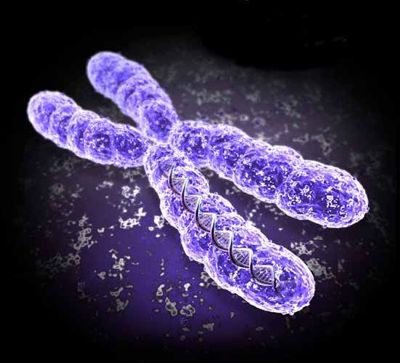Team:Missouri Miners/Project
From 2011.igem.org
| Line 5: | Line 5: | ||
<div id="box" style="position: relative; width: 740px; margin-left: 30px; top:-10px; padding: 5px; background-color: #000000;"> | <div id="box" style="position: relative; width: 740px; margin-left: 30px; top:-10px; padding: 5px; background-color: #000000;"> | ||
<div id="template" style="font-weight: regular; font-size: medium; color: silver; padding: 5px;"> | <div id="template" style="font-weight: regular; font-size: medium; color: silver; padding: 5px;"> | ||
| - | <h1> | + | <h1>Project </h1><br /> |
Revision as of 00:00, 29 September 2011
Project
Part 1:
As a standard of iGEM, E.coli will be used as the bacterium for this research. We will incorporate a eYFP gene, ribosome binding site, and Omp-R promoter into E. coli as a plasmid. The plasmid will consist of two main parts, the promoter and a reporter system. The promoter is an osmolarity activated promoter, we dictate this part as OmpR. The reporter system is a DNA sequence which codes for a yellow florescence protein (eYFP) gene with a ribosome binding site (RBS). These parts were prepped to be put together by digesting out the eYFP gene at the Xba1 and Pst1 restriction enzyme sites and opening up the RBS plasmid by cutting at the Spe1 and Pst1 restriction enzyme sites. Gel electrophoresis was used to purify the digested segments and then ligated together creating our intermediate part, BBa_K621000, the reporter system. This DNA was transformed into chemically competent E. coli to amplify our part. After a plasmid prep of our transformation another digest was used to cut out the reporter system, RBS/eYFP, and open up the OmpR plasmid. Another set of gel electrophoresis, purification, transformation, and plasmid prep our part, BBa_K621001 was ready to be tested.
Part 2:
Once the three parts are together and in the correct order OmpR/RBS/eYFP testing needed to be done to see if they were in fact in the correct order, and also what concentration of glucose it would fluoresce. For testing to see if our part, BBa_K621001, is in the order its supposed to be the DNA was sequenced. The sequencing data gave us the order of the nucleic acid bases, then the data can be compared with the known sequence of each part. To tell if the part works glucose was added to agar plates at a 25% concentration, no florescence was seen and very little growth occurred. Next we used agar/glucose plates 0%, 1%, 5%, 10%, and 15% concentrations were tried, aging resulting in no florescence. Later it was realized our mistake of trying to use solid media plates for testing a osmolarity sensor instead of liquid media. Osmolarity is the measure of solutes in a solution that change the osmotic pressure of the solution. Making the switch to liquid cultures so the part could sense osmolarity was just what was needed to happen so that our part fluoresced. To get an idea of what concentrations of glucose would still let the part glow 0%, 1%, 3%, 5%, 8%, 10%, 15%, 20,and 25% glucose - LB broth was used. This was later changed from a regular concentration of LB broth to half the normal concentration, because after some research it was seen that glucose and LB broth have very similar osmolarities and so adding one to the other did not cause a change in osmolarity. This problem was quickly fixed by going to .5X concentration LB broth.
Part 3:
The next step of the project would be to go through a mutagenesis process to try to change the sensitivity of the OmpR promoter to be able to be turned on by a smaller change in osmolarity. Mutagenesis uses a strain of E. coli, MutD, that has no proof reading capability in its genome. This increases the rate at which mutations occur by a factor of 1000. We "
"






